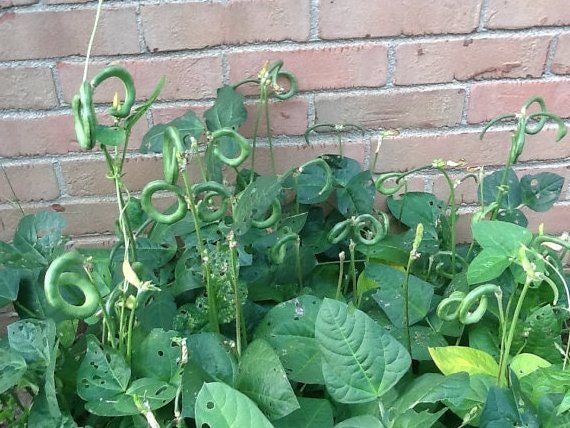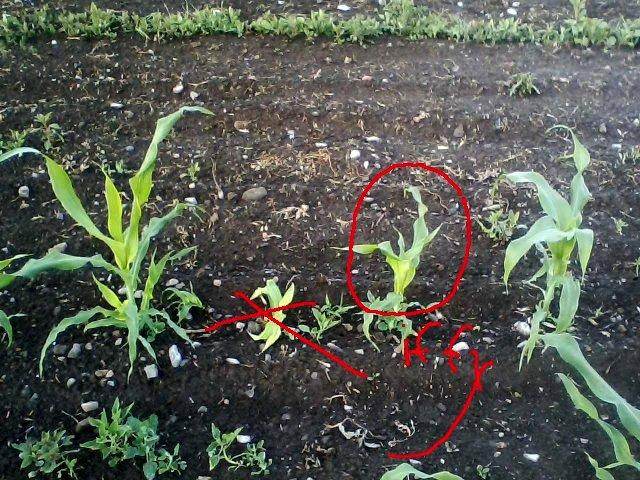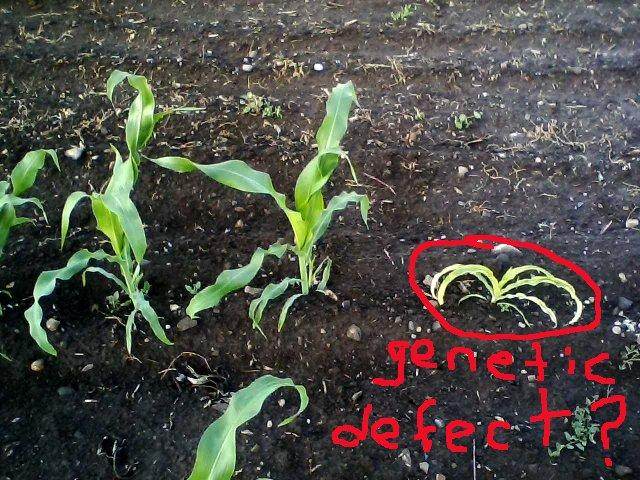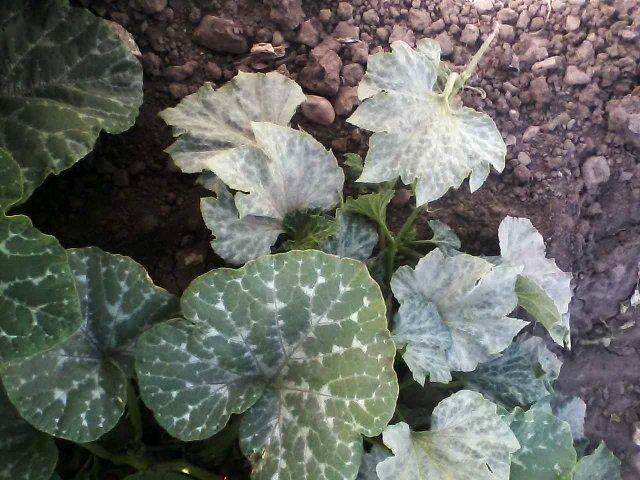
















Idle dreamer




“The most important decision we make is whether we believe we live in a friendly or hostile universe.”― Albert Einstein

 3
3








 2
2




John Weiland wrote:I'm always inclined to save a few seeds from even highly-diseased plants: It's known that in certain cases a gene for resistance to one disease is actually a susceptibility gene for a different disease. So even at the risk of having an Achilles' heel in the garden each year, it may be wise to keep a bit of seed around for that purpose.
 2
2




 But to be sure, Robinson would have been selecting for the many factors that combine to provide horizontal resistance. Unfortunately, there would be an assumption that the already-resistant parent material at the start of the project was resistant due to presence of a super-gene for that effect.....and there's no way of knowing that for sure without some molecular or pedigree testing having been done in the background. And even if the gene does become defeated by the disease-causing organism, there is evidence that the concept of "defeat" is a quantitative one.....that if the gene is 90% defeated, then there is still a 10% resistance contribution. In that case, this 10% combines with the other factors in Robinson's selection scheme to provide, down the road, the horizontal resistance that is more durable over time. So I wouldn't exclude that highly-resistant parent material, but there would be a case for maybe keeping it separate: With that high resistance present, other genes that normally would have to step up to the plate to assist in resistance against that disease might go un- or underdeveloped in subsequent generations. So having both populations advancing along...if resources allow...may be the most prudent strategy of all.
But to be sure, Robinson would have been selecting for the many factors that combine to provide horizontal resistance. Unfortunately, there would be an assumption that the already-resistant parent material at the start of the project was resistant due to presence of a super-gene for that effect.....and there's no way of knowing that for sure without some molecular or pedigree testing having been done in the background. And even if the gene does become defeated by the disease-causing organism, there is evidence that the concept of "defeat" is a quantitative one.....that if the gene is 90% defeated, then there is still a 10% resistance contribution. In that case, this 10% combines with the other factors in Robinson's selection scheme to provide, down the road, the horizontal resistance that is more durable over time. So I wouldn't exclude that highly-resistant parent material, but there would be a case for maybe keeping it separate: With that high resistance present, other genes that normally would have to step up to the plate to assist in resistance against that disease might go un- or underdeveloped in subsequent generations. So having both populations advancing along...if resources allow...may be the most prudent strategy of all.
“The most important decision we make is whether we believe we live in a friendly or hostile universe.”― Albert Einstein





 1
1




Joseph Lofthouse wrote:
The exploding watermelons seemed to be due to getting warm in the sun...
How permies.com works
What is a Mother Tree ?
 1
1








“The most important decision we make is whether we believe we live in a friendly or hostile universe.”― Albert Einstein
 4
4




Simple ways Simply work

| I agree. Here's the link: http://stoves2.com |




